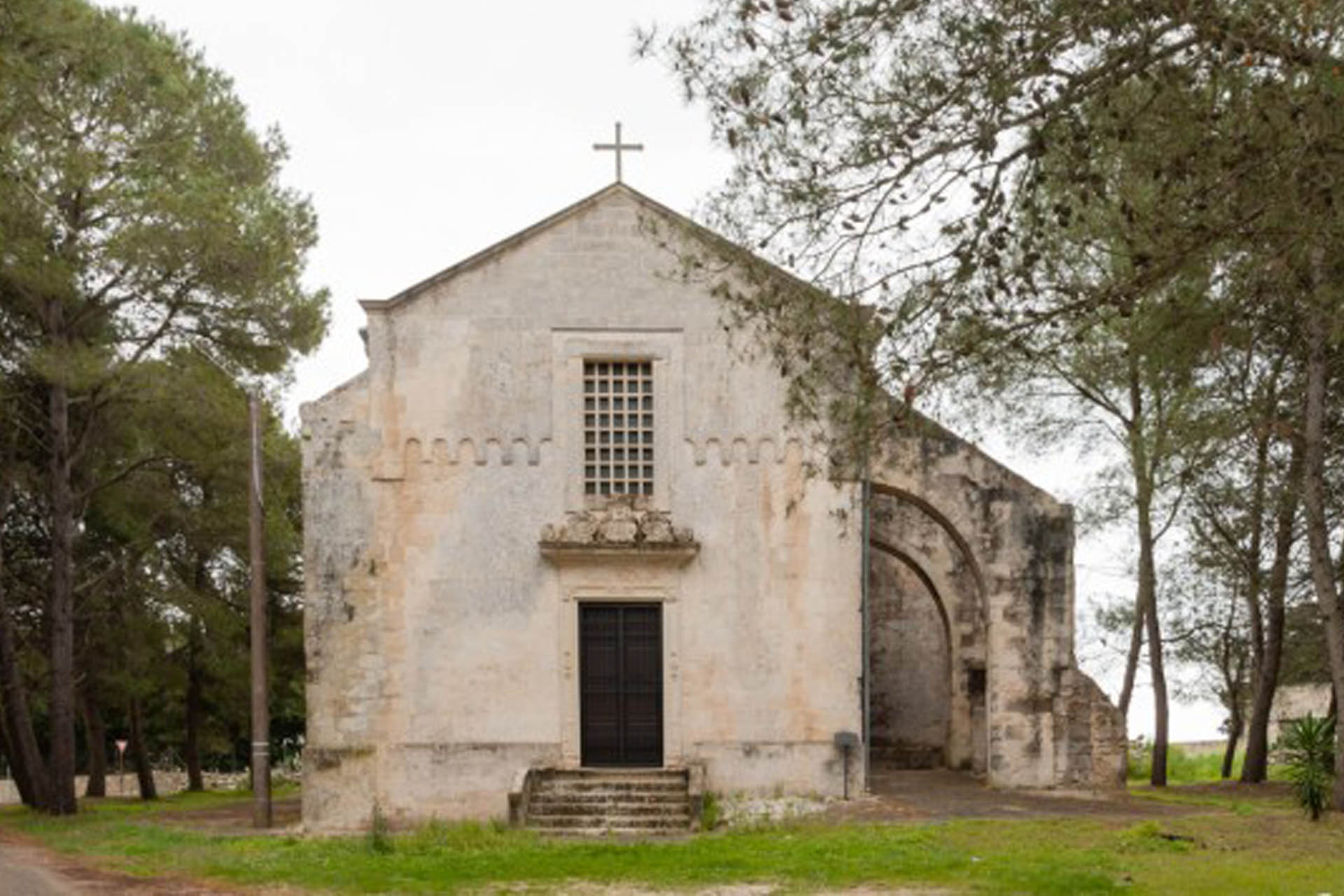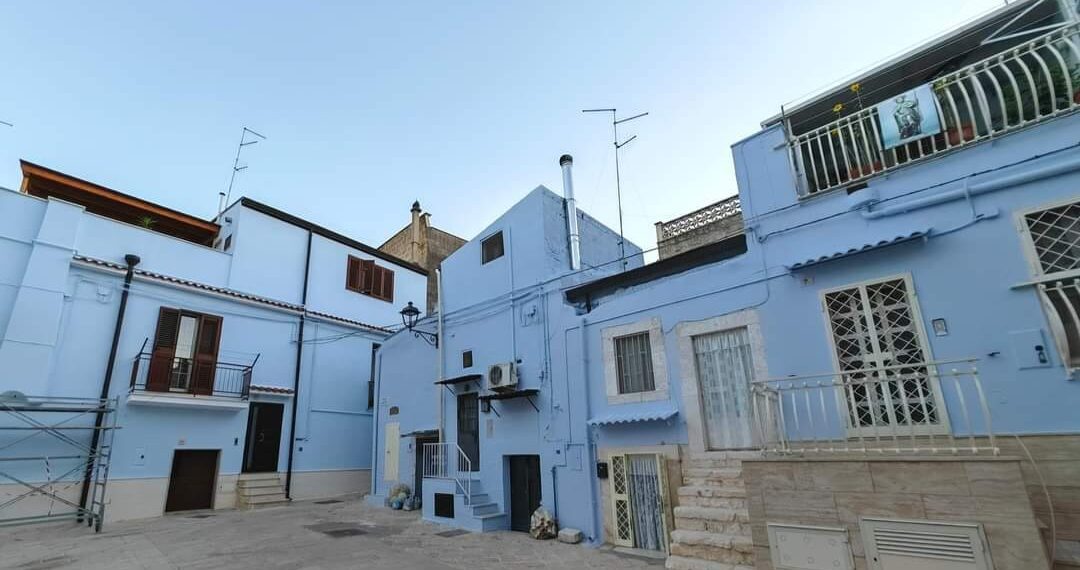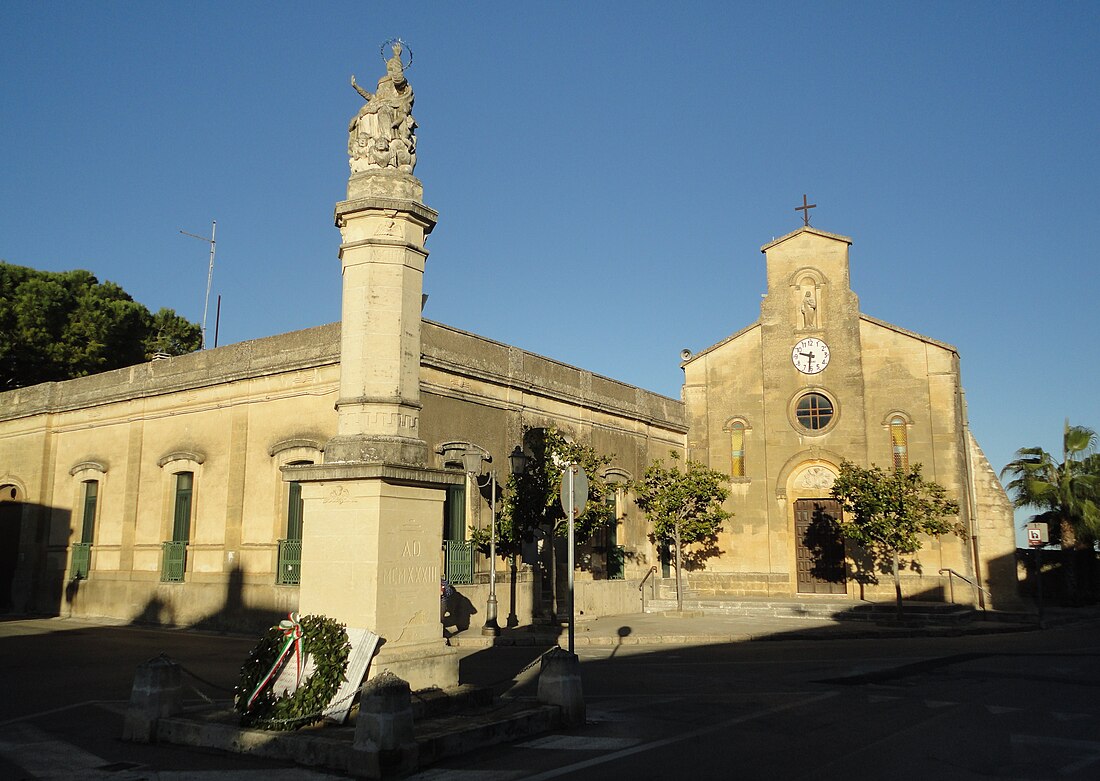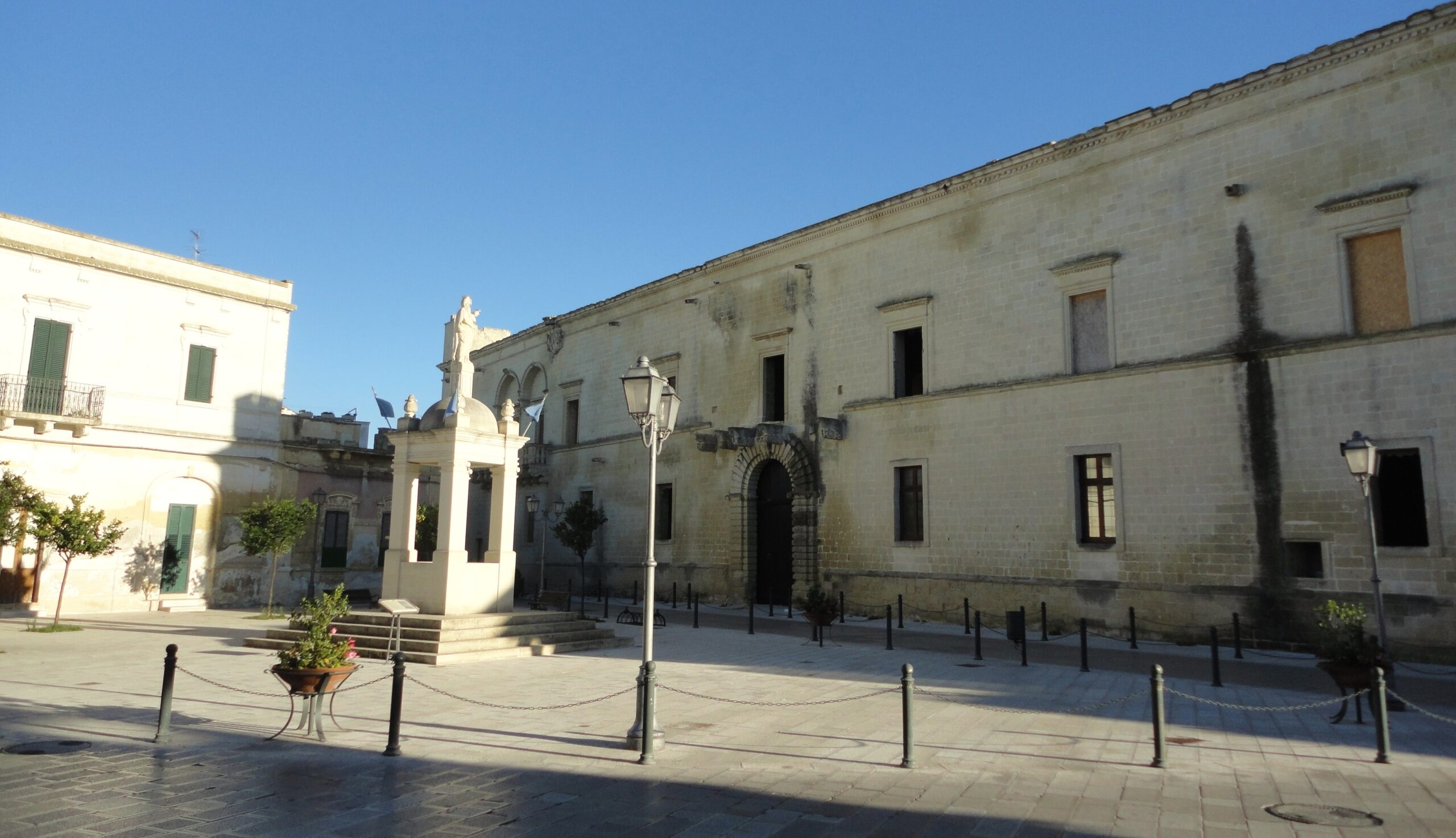
Minervino di Lecce is a municipality of 3552 inhabitants (including the hamlets of Specchia-gallone and Cocumola) located in the far east of the Salento peninsula, a handful of kilometers from the seaside centers of Otranto, Santa Cesarea Terme and Castro. Its history is linked precisely to its position, located in the immediate hinterland of the Adriatic coast closest to Greece and Albania.
Minervino may have been founded by the Messapians who, coming from Illyria (today's southern Balkans) around the year 1000 BC, erected a statue dedicated to the goddess Minerva on site, from which the village took its name, although the large number of dolmens and menhirs in the area suggest a presence dating back to the Bronze Age.
Another highly accredited hypothesis is that, around the 9th century, the inhabitants of the ancient Castrum Minervae, razed to the ground by the Turkish invasions as one of the first and main seaside outposts of the Byzantine Empire, moved a few kilometers further inland and built a village also dedicated to the goddess of wisdom.
In the following centuries Minervino followed the vicissitudes of the Province, from the succession of Saracen invasions to the continuous transfer of ownership of its Casale from feudal lord to feudal lord, of which the most famous were the Venturi (who later became Dukes), the Scarciglia and the Urso, whose sumptuous palaces can still be admired today.
The noble residences are some of the main attractions of the small town, among which the sixteenth-century Palazzo Venturi stands out. The churches are of considerable artistic importance, which made the inhabitants so proud that they were nicknamed “Cappiddhruzzi” for their haughty manner. The most important is the mother church of San Michele, also dating back to the sixteenth century and dominated by a baroque rose window that recalls the more famous one of the Lecce Santa Croce.
A century younger is the Church of Sant’Antonio, patron saint of Minervino, known for the adjacent majestic convent of the Reformed Fathers. The oldest is the small church of Santa Croce which, just outside the town center immersed in a beautiful pine forest, was built in the 13th century. Finally, in the surrounding countryside there are some megalithic monuments of considerable importance. We are talking about the Monticelli menhir and, above all, the imposing Li Scusi dolmen. The latter is the first discovered in Puglia and one of the largest and best preserved in the entire national territory. The large covering slab has a hole in its center through which sunlight passes only on one day of the year, namely on the occasion of the summer solstice. In the hamlet of Cocumola there are the menhirs of Croce and Pizzilonghi-Urpinara.
Di Alessio Maria Amato




















Leave a comment